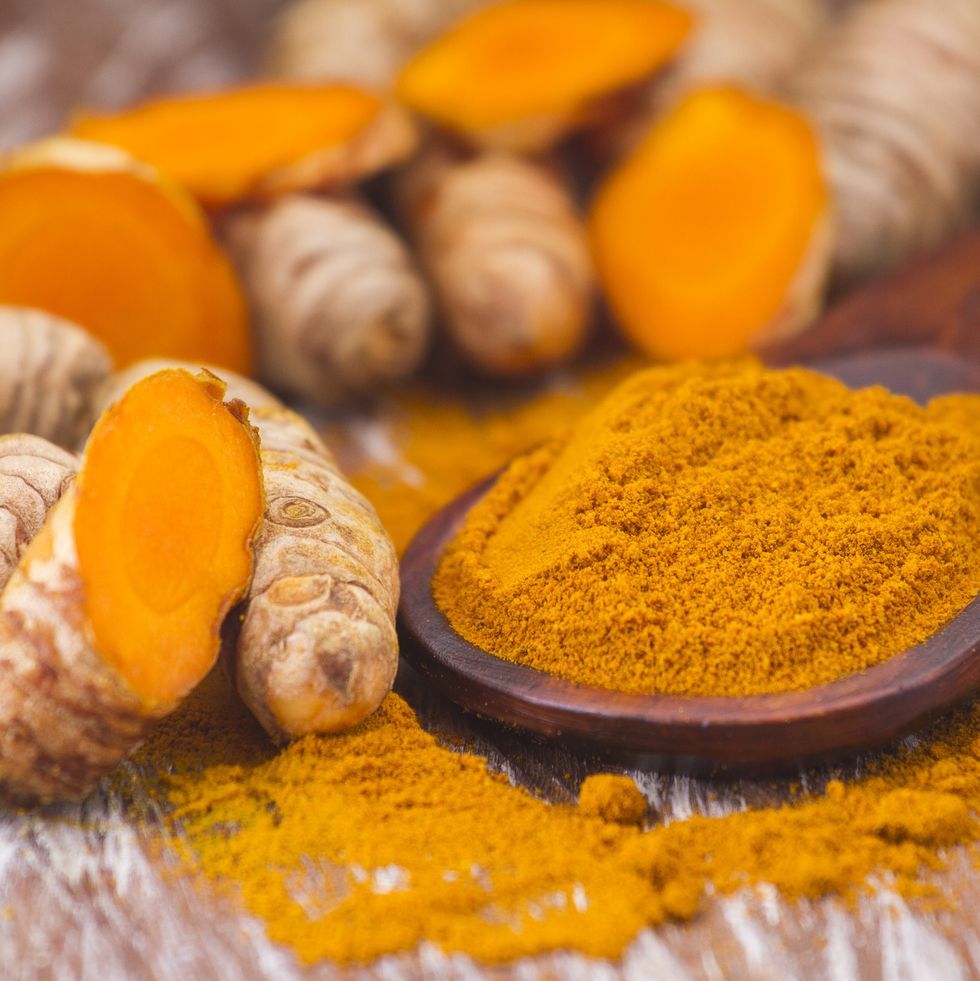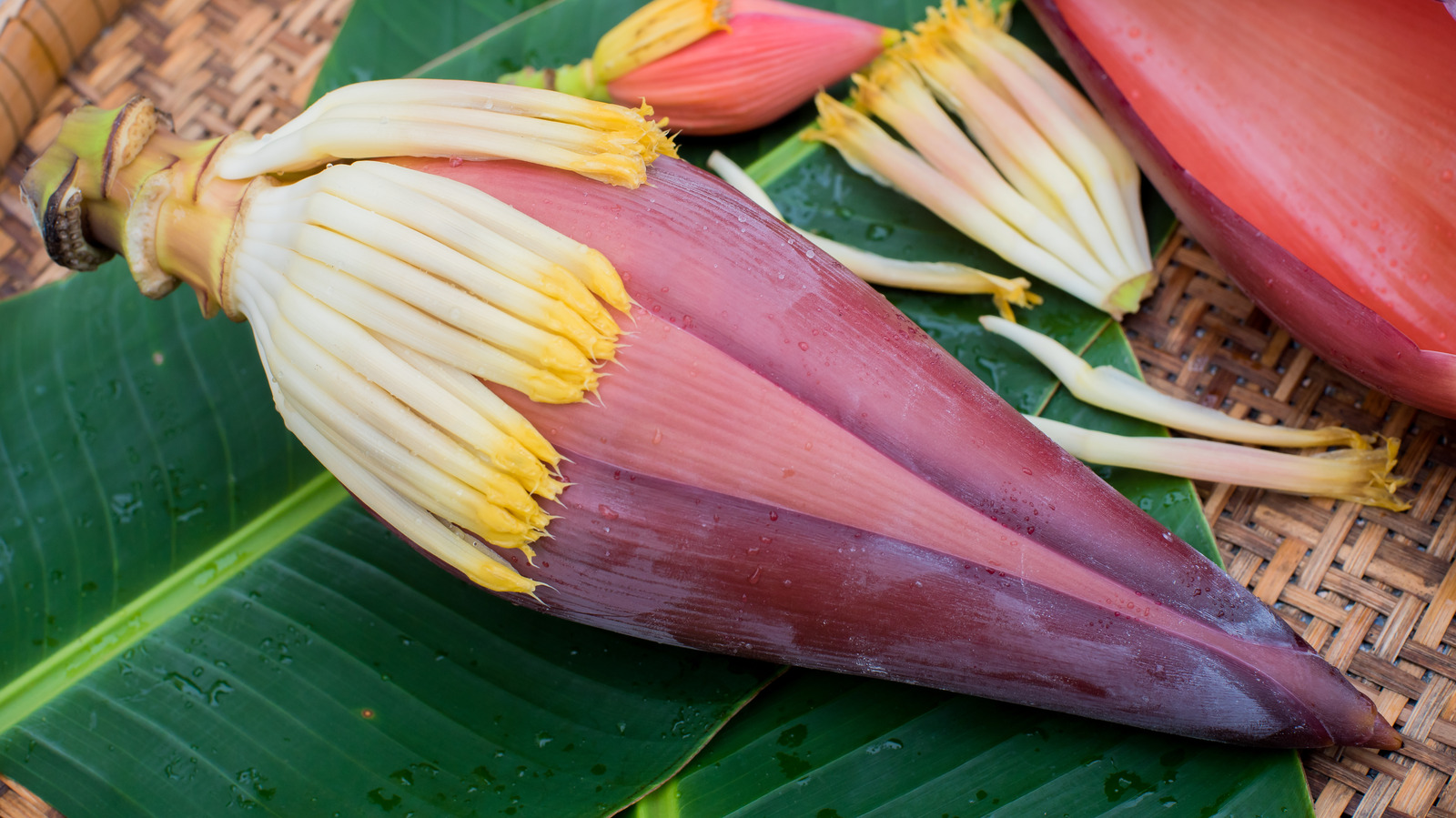Turmeric has a pungent and earthy aroma, with hints of ginger and citrus. Turmeric, a vibrant yellow spice commonly used in cooking and traditional medicine, offers more than just its distinct flavor to dishes.
Known for its numerous health benefits, turmeric contains a compound called curcumin, which has powerful antioxidant and anti-inflammatory properties. But before exploring its therapeutic properties, it’s important to understand the spice’s sensory characteristics. We’ll delve into the intriguing question: what does turmeric smell like?
By exploring the aroma profile of turmeric, we can better appreciate its unique qualities and how it contributes to the overall sensory experience of various culinary creations. So, let’s dive into the world of turmeric and unravel its captivating scent.

Credit: perfumenez.com
The Rich Oleoresin: Turmeric’S Secret
The rich oleoresin of turmeric is responsible for its distinct aroma. Turmeric oleoresin is composed of various compounds that contribute to its fragrance and flavor. Curcumin, the main active ingredient in turmeric, gives it a slightly bitter and earthy smell. Other volatile compounds like turmerone, atlantone, and zingiberene contribute to the warm and spicy notes in turmeric’s aroma. The variety of turmeric used also affects its aromatic profile.
For example, Alleppey turmeric has a strong and pungent smell, while Madras turmeric has a milder fragrance. The extraction process of turmeric oil plays a crucial role in capturing its aromatic compounds. Steam distillation is commonly used to extract the essential oil, which captures the volatile aromatic molecules. The resulting turmeric oil has a strong, warm, and spicy fragrance, making it a popular ingredient in perfumes, skincare products, and aromatherapy.
Unraveling The Scent Of Turmeric
Turmeric, a vivid yellow spice commonly used in cooking and traditional medicine, carries a distinct scent that sets it apart. The earthy notes of turmeric are unmistakable, evoking a sense of grounding and warmth. These aromatic undertones add depth to any dish or skincare product it is used in. In addition to its earthiness, turmeric also boasts spicy undertones, lending a hint of heat to its fragrance.
Furthermore, turmeric surprises with woody and floral accents that elevate its olfactory profile. The combination of these scents creates a unique aroma that is both captivating and comforting. The fragrance of turmeric can transport you to distant lands, enriching your senses with its exotic allure. Its scent is not only a sensory experience but also an invitation to explore its vibrant culinary and medicinal benefits.
Impact Of Turmeric’s Aroma On The Senses
Turmeric, with its vibrant yellow color and unique flavor, is a versatile ingredient that is well-known for its numerous health benefits. But what about its smell? Turmeric has a distinct aroma that can range from earthy and woody to pungent and slightly bitter. The impact of turmeric’s fragrance on our senses is fascinating.
The Role of Aromatherapy in Harnessing Turmeric’s Fragrance
Turmeric’s aroma is not just pleasing to the senses; it has also been studied for its potential therapeutic effects. Aromatherapy, the practice of using essential oils for healing, recognizes the power of scent in influencing our mood and well-being. The fragrance of turmeric can promote relaxation, relieve stress, and uplift our spirits.
Cultural and Historical Significance of Turmeric’s Aroma
Turmeric’s fragrance holds cultural and historical significance in many societies. In traditional medicine systems like Ayurveda, the scent of turmeric is believed to have protective and purifying properties. It is often used in religious ceremonies and rituals to bring a sense of purity and auspiciousness.
The Psychological Effects of Turmeric’s Scent
Turmeric’s scent has been found to stimulate memory and cognitive performance. The aroma can enhance concentration and focus, making it a popular choice for those seeking mental clarity. Additionally, the fragrance of turmeric can evoke feelings of warmth and comfort.
Frequently Asked Questions
Does Turmeric Have An Odor?
Yes, turmeric does have an odor due to its natural compounds.
Does Turmeric Smell Like Mustard?
Yes, turmeric does have a similar smell to mustard due to the presence of a compound called curcumin.
What Does Turmeric Essential Oil Smell Like?
Turmeric essential oil smells warm, earthy, and slightly spicy with a hint of sweetness.
What Does Turmeric Tea Smell Like?
Turmeric tea smells warm, earthy, and mildly spicy with a hint of sweet aroma.
Conclusion
Turmeric is truly a remarkable spice with its vibrant color, rich history, and unique aroma. Its distinct scent can be described as earthy, peppery, and slightly bitter. This aromatic profile adds depth and complexity to various dishes and beverages. Whether it is used in curries, teas, or even skincare products, the smell of turmeric is instantly recognizable.
It not only enhances the flavor of food but also has various health benefits, including its anti-inflammatory and antioxidant properties. So, the next time you come across the captivating fragrance of turmeric, take a moment to appreciate its incredible scent and all that it represents.
Embrace the warm, inviting aroma of turmeric, let it transport you to exotic lands, and awaken your senses. Incorporating turmeric into your life will not only tantalize your taste buds but also provide you with an aromatic journey like no other.













